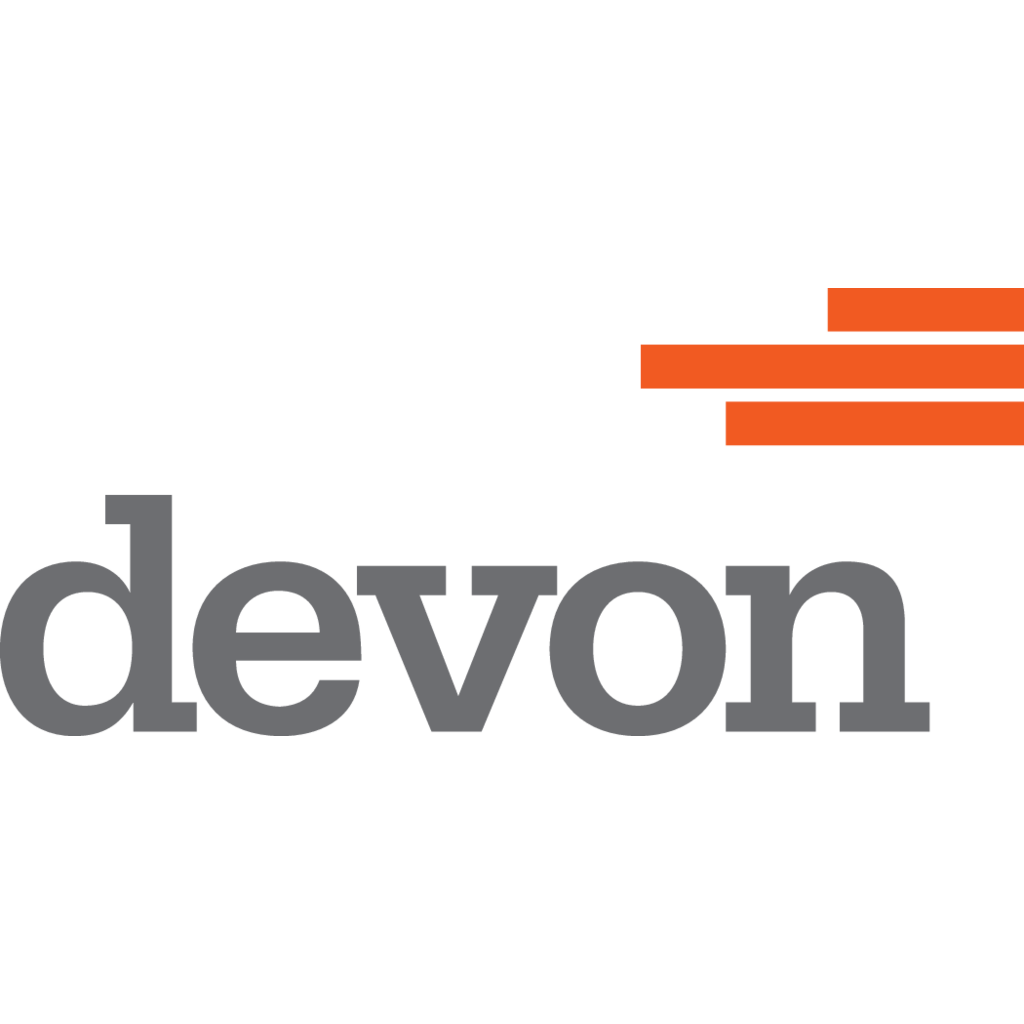HGS General Lunch - "New Insight on Deepwater Deposition in the Permian Basin, West Texas and Southeast New Mexico" with Buddy Price
In order to register, please click login to either sign in to an existing account or create a user profile. Go to the HGS home page and login with your user name and password and then return to this page in order to register as a member or guest of a member. For help registering contact the HGS office or email webmaster@hgs.org. Thank you!
HGS General Lunch
"New Insight on Deepwater Deposition in the Permian Basin, West Texas and Southeast New Mexico"
Buddy Price, Xavier Janson, Charles Kerans, and Gregor Eberli
February 27, 2025 - 11:30am - 1:00pm
Apache Corporation (2000 W. Sam Houston Pkwy, S Ste. 200, Houston, TX 77042)
Members/Students: $25
Non-members: $35
The Permian Basin houses mixed carbonate and siliciclastic slope and basinal environments representing multiple unconventional resevoirs. These systems typically are described as gravitational flows moving downdip into the basin or by suspension fallout of sediment. Bottom current influence and controls on deposition have long been hypothesized in the basin but only recently have been interpreted. This talk aims to present subsurface log, core, seismic, and outcrop examples of bottom current deposits and highlights their impact on the Permian Basin.
Regional subsurface mapping by Price et at. (2022) characterized anomalous deposits along the western slopes of the Delaware Basin in Leonardian-age carbonate dominated units. Regional thickness maps show significant thinning to the east of the drifts, possibly indicating sweeping of sediments from east to west and plastering along the western slopes of the northern Delaware Basin by counter-clockwise bottom currents. These anomalous geometries influence gravitational deposits. Image logs have been used to highlight variations in deposition and grading (Price et al., 2022). Comparison of image log trends with analogous core indicates the normally graded beds represent high-resistivity mud-dominated carbonate turbidites fining upward to lower resistivity siliciclastic muds. Bigradationally graded packages typically reference an upward coarsening and increase in carbonate mud and bioturbation followed by an upward fining with a decrease in bioturbation and enrichment in siliciclastic mud. These features cannot be adequately described by gravity flow deposition. Seismic interpretations also highlight anomalous deposition along the slopes and seafloor, illustrating progradation of sediment bodies across the seafloor well below the shelf edge, development of straight crested channels ornamenting deepwater sediment bodies. These obseNations are best explained by accretion, distribution, and erosion of sediments by bottom currents.
These studies highlight the complex nature of bottom current influence in the Permian Basin. While large-scale drifts provide insight into broader scale bottom-current circulation, the presence of winnowing currents imparts underappreciated controls on reseNoir quality, influences on source rock richness, and permeability trends.
Buddy Price:

Sponsored by:


2000 W. Sam Houston Pkwy S
Ste. 200
Houston, TX 77042
United States
| HGS General Lunch | |
| HGS Members | $ 25.00 |
| Non-members | $ 35.00 |
| Student | $ 25.00 |
|
Speaker Info
|
|
Event Attachments
|
|
Event Contact
|
|
Committee
|
|
Event Filter Informations
|


